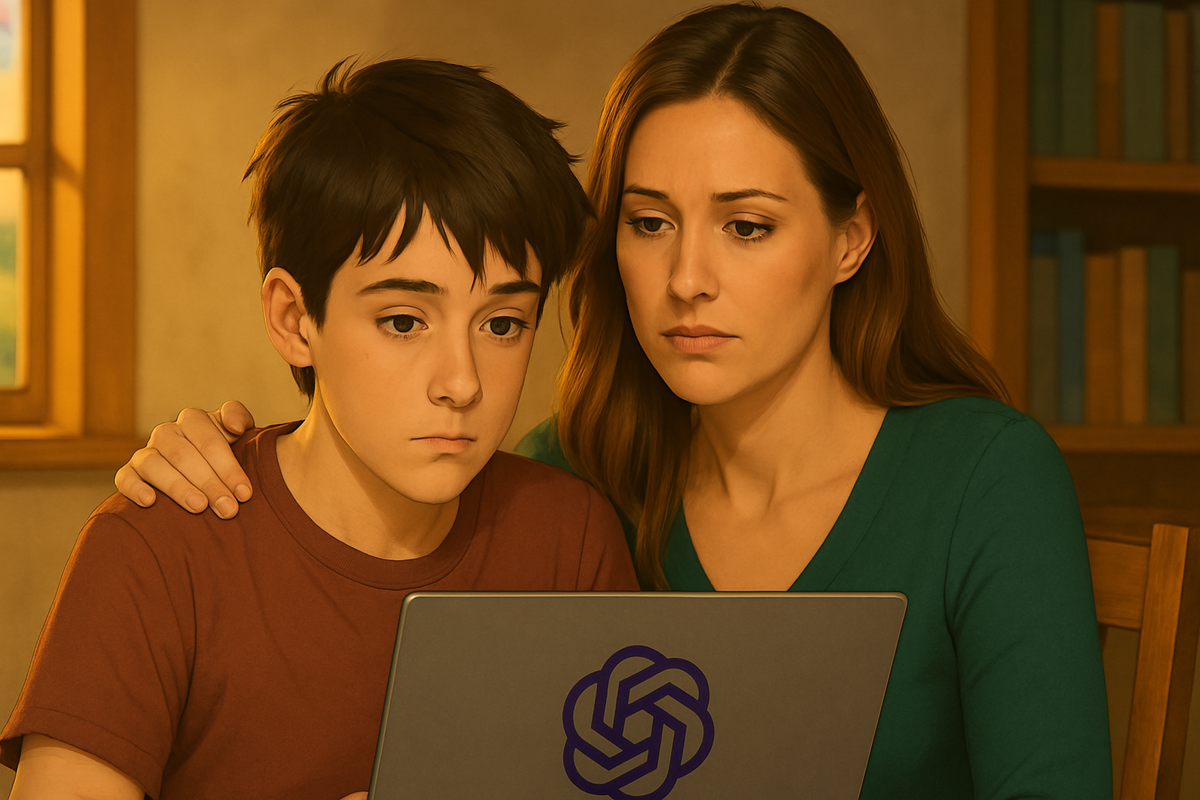I Discovered My Tween Using ChatGPT – What Surprised Me the Most

Navigating Parenting in the Digital Age
Parenting can often feel overwhelming, a sentiment many parents can resonate with. As a member of the Xennial generation, I’ve experienced both analog childhoods and the digital world we live in today. Back in my day, a Texas Instruments TI-83 calculator was a technological marvel, while now, my young child can effortlessly navigate an iPhone to call family or play games.
The Rise of AI in Daily Life
It was only a matter of time before my eldest son began to interact with artificial intelligence (AI). Given my profession involves testing and discussing various AI models, it often comes up during family discussions. So, when I noticed my son using ChatGPT, I was both intrigued and surprised by how he was incorporating it into his daily life.
ChatGPT as a Learning Tool
My son views ChatGPT much like a modern search engine. He asks thought-provoking questions such as, “Can rabbits swim?” and “How many Starburst candies would it take to reach the sun?” These inquiries are not typical homework questions, but rather reflect his natural curiosity about the world. He appreciates the efficiency of AI, stating that it provides immediate answers without the need to sift through multiple web pages.
For children today, using AI is akin to asking a knowledgeable friend for quick answers. It alleviates the struggle of hunting through countless links and instead offers straightforward insights. My son finds it freeing, as it allows him to explore topics that fascinate him spontaneously.
Balancing Relief and Concern
While it is a relief to see my child engage with AI in a productive way, I can’t help but feel a tinge of worry. On one side, I’m pleased that he’s exploring knowledge, reminiscent of the way I researched at the library — only significantly faster. On the other hand, I have concerns about potential misinformation, developing habits that make him overly reliant on quick answers, and missing out on the joy of exploration that comes with traditional research methods.
Ultimately, what captivates me is the sheer curiosity I see in him. Rather than a dystopian scenario where children are glued to screens, it seems more like a natural extension of their inquisitiveness. They’re simply utilizing modern technology to satisfy their curiosity in ways previous generations could only imagine.
Ensuring Safe AI Use
My philosophy is not to shield my children from AI tools like ChatGPT but rather to teach them how to use these resources wisely. If you’re open to the idea of your child using AI and would like to incorporate safety measures, consider these strategies:
Create Customized AI Experiences: I developed a version of ChatGPT tailored for my son. This version has stricter filters to block inappropriate content and shares age-appropriate explanations. Its personality is designed to be friendly and engaging, making it feel more like a science buddy than an adult lecturer.
Explore Google’s Learning Tools: Introducing your child to platforms like Google’s Learn About can further enhance their learning experience. This free resource provides interactive tools and templates covering diverse topics, from cooking to space exploration. With AI as a learning companion, children can delve into subjects and receive responses tailored to their understanding.
- Encourage Critical Thinking: Teach your child to ask thoughtful questions. Critical engagement with the responses they receive will foster a more profound learning experience, encouraging them to think independently rather than accepting information at face value.
Incorporating AI into our children’s lives doesn’t have to be a cause for alarm; instead, it can serve as a valuable educational tool. By guiding them on how to use these resources responsibly, we can help nurture their innate curiosity while instilling critical thinking skills.
Embracing Curiosity in the Digital Age
Catching my son using ChatGPT highlighted an essential truth about learning: despite technological changes, curiosity remains a timeless imperative. My role is to support and guide him as he leverages these innovative tools, enhancing his capability to explore the world thoughtfully. It’s a beautiful journey we are embarking on together in this digitally enriched age.



